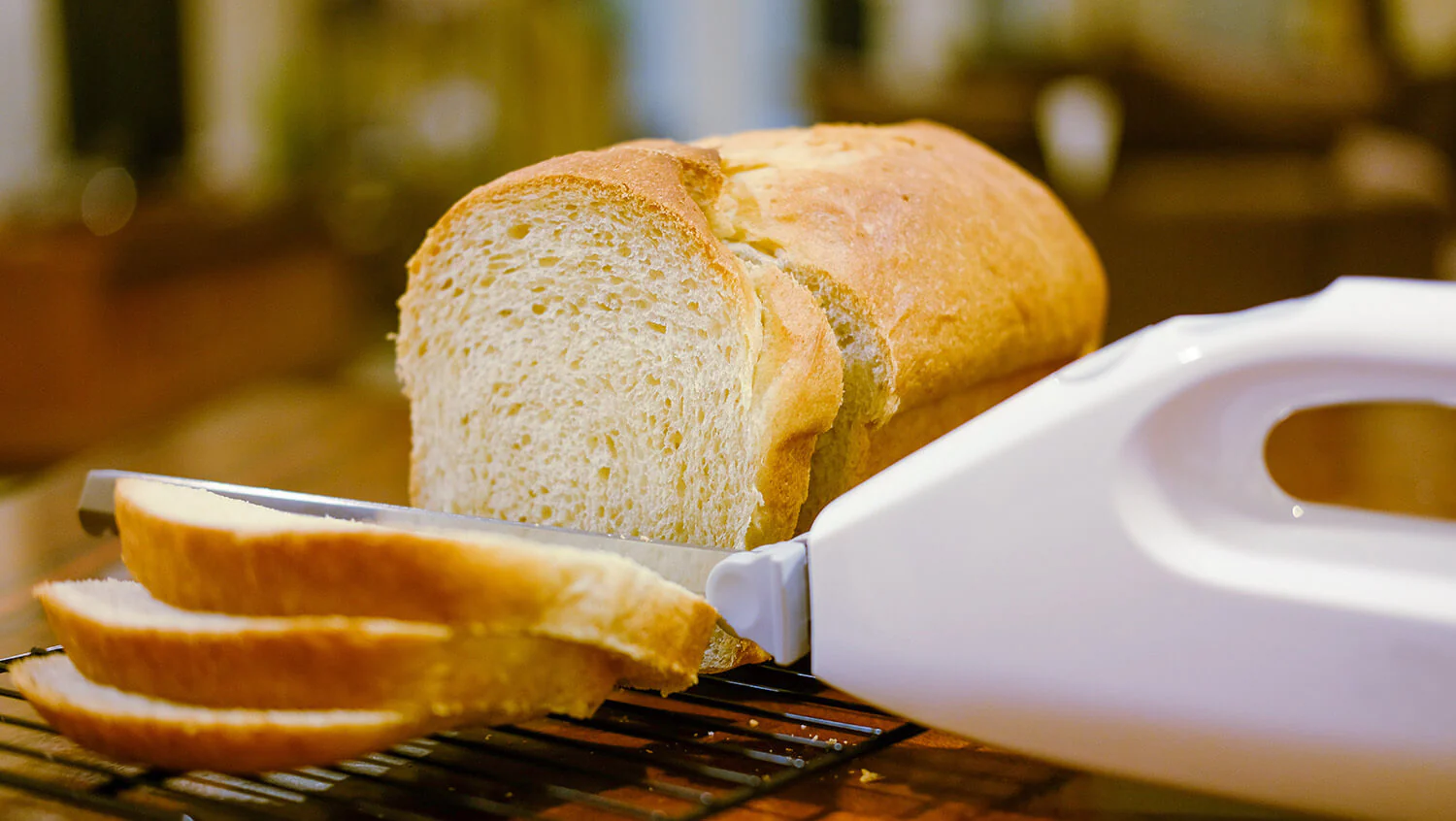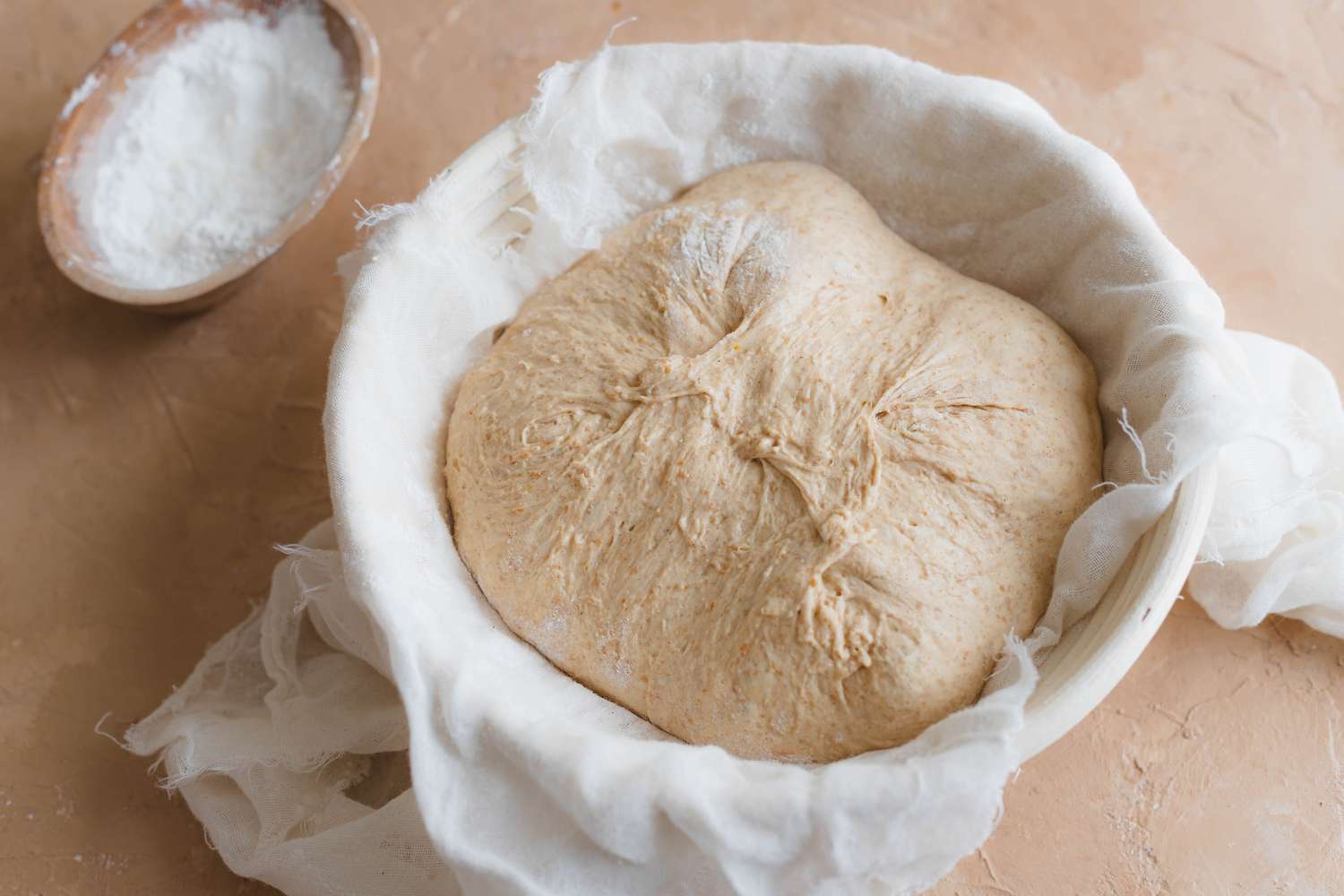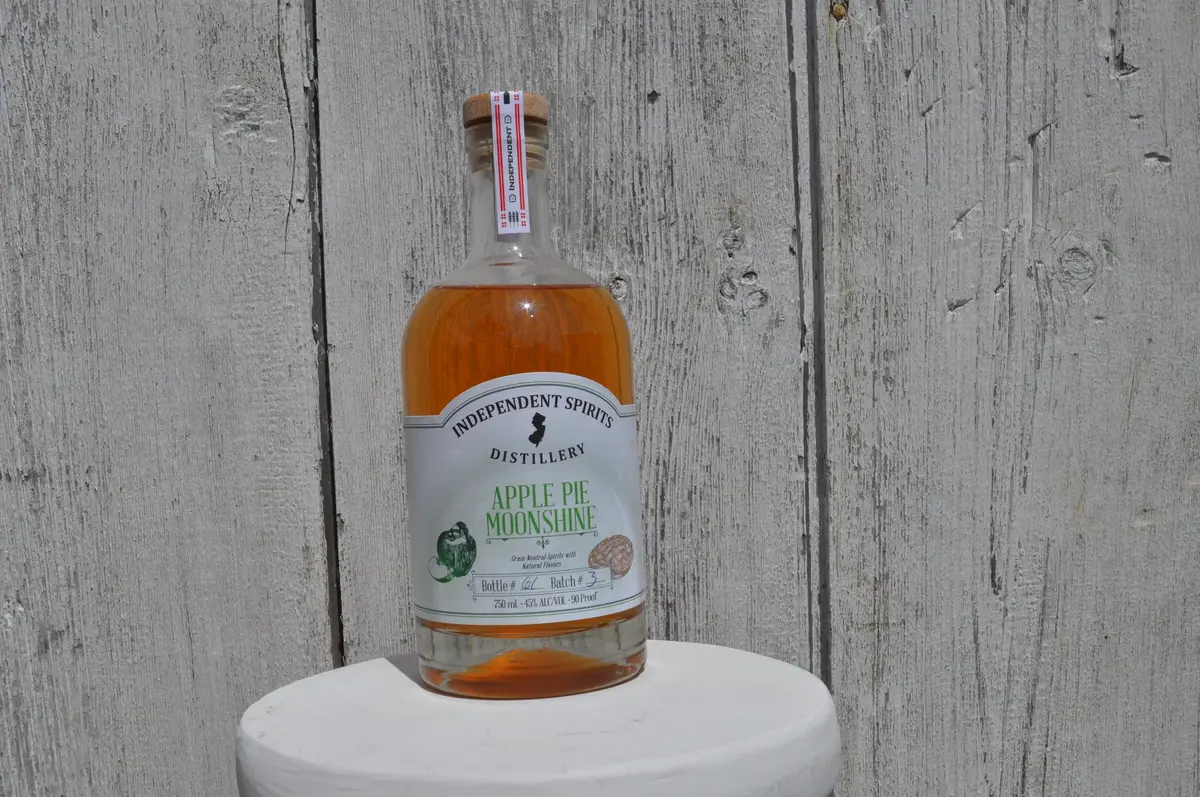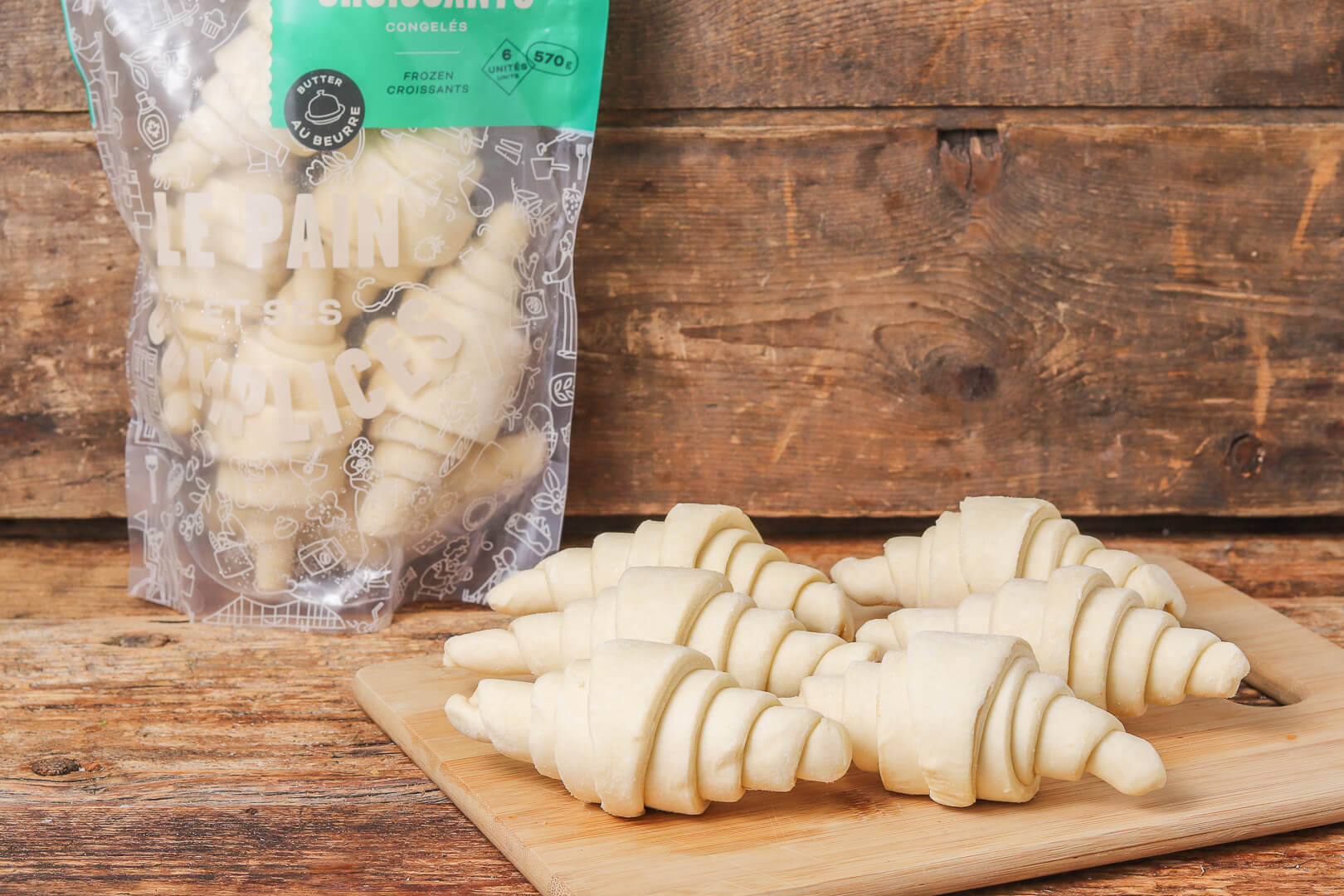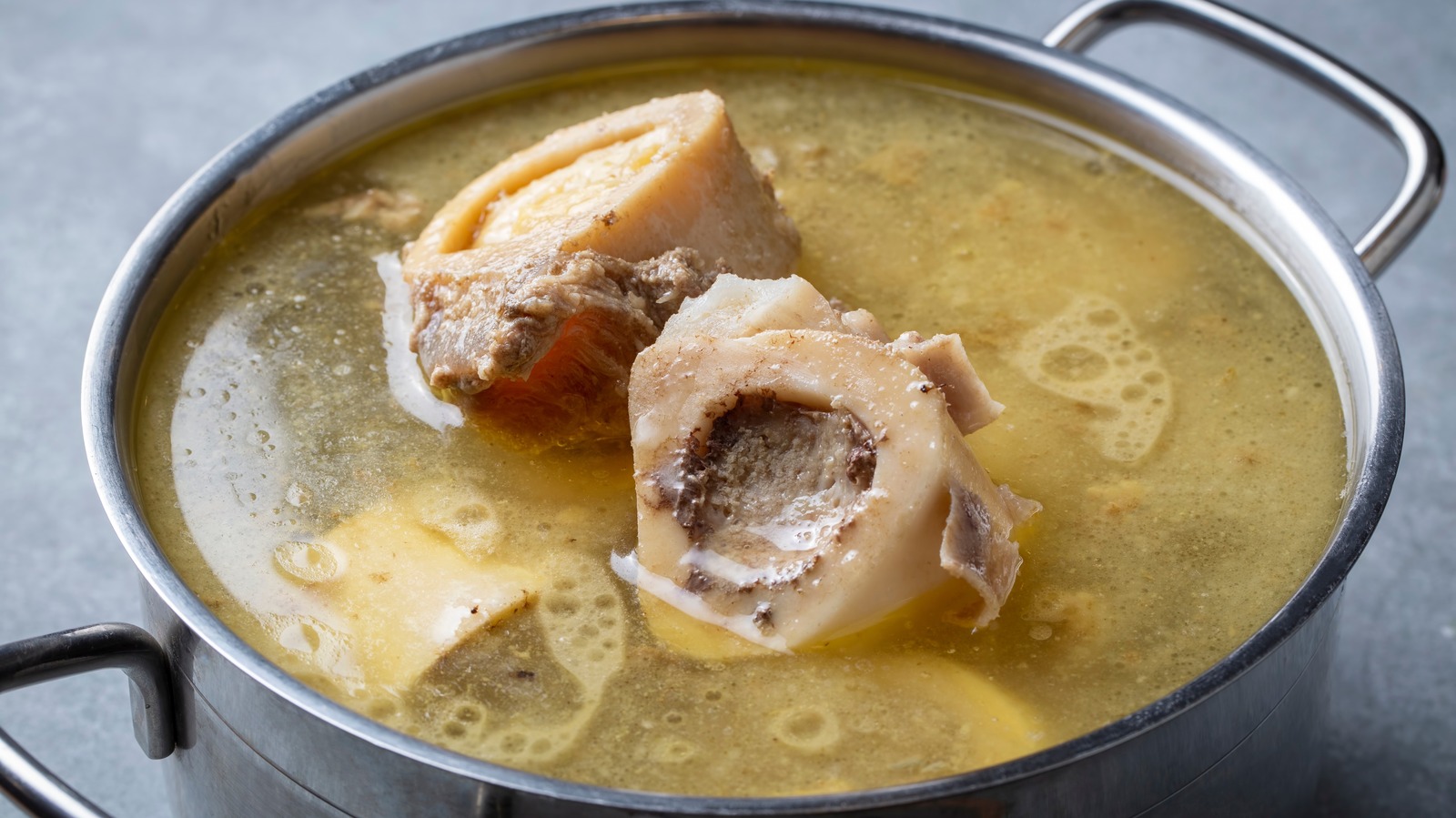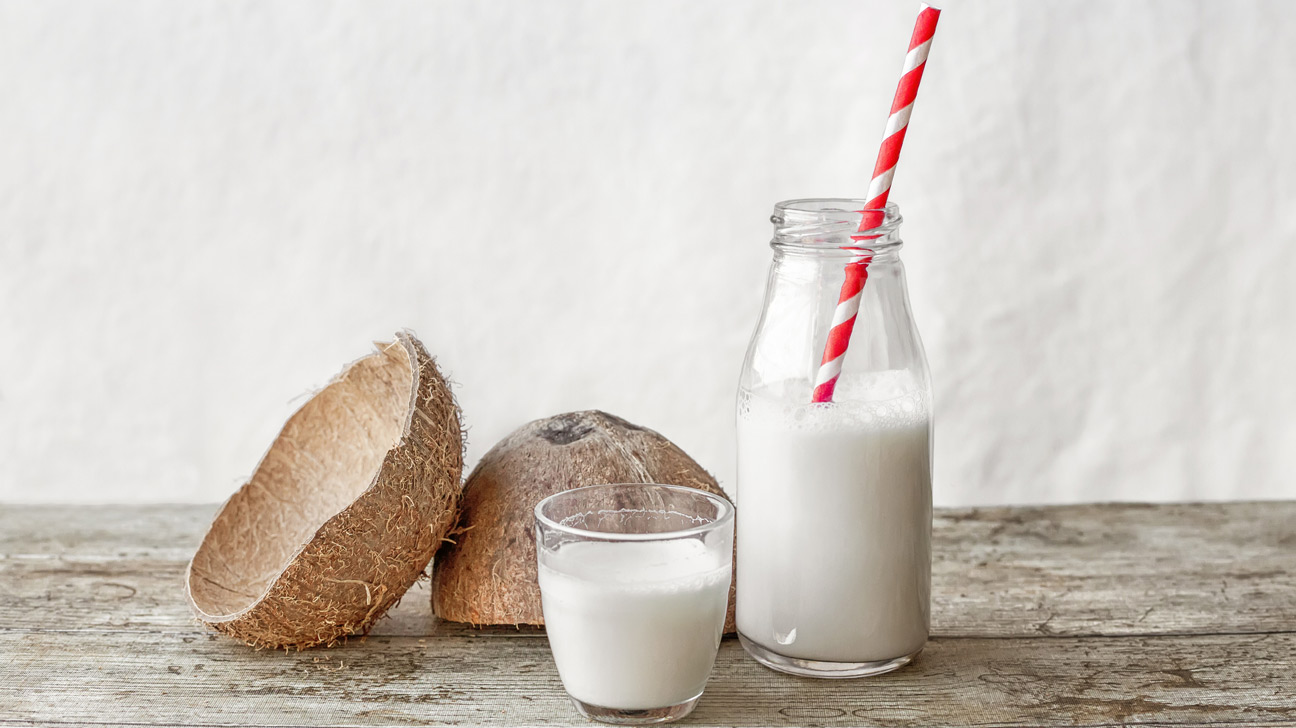Easy Steps to Proof Donuts at Home
Who doesn’t love a fresh, fluffy donut? Making donuts at home can be a fun and rewarding experience, and one of the most important steps in the process is proofing the dough. Proofing is the final rise that the dough undergoes before it’s fried, and it’s essential for achieving that light and airy texture we all love. If you’re wondering how to proof donuts at home, we’ve got you covered with these easy steps.
Ingredients You'll Need:
- 2 1/4 teaspoons of active dry yeast
- 1/4 cup of warm water
- 1 cup of warm milk
- 1/4 cup of granulated sugar
- 1/2 teaspoon of salt
- 2 eggs
- 1/3 cup of unsalted butter, softened
- 4 cups of all-purpose flour
Instructions:
- Activate the yeast: In a small bowl, combine the warm water and yeast. Let it sit for about 5-10 minutes until it becomes frothy.
- Mix the ingredients: In a large mixing bowl, combine the activated yeast, warm milk, sugar, salt, eggs, and softened butter. Gradually add the flour and mix until a dough forms.
- Knead the dough: Turn the dough out onto a floured surface and knead it for about 5-7 minutes until it becomes smooth and elastic.
- First rise: Place the dough in a greased bowl, cover it with a clean kitchen towel, and let it rise in a warm place for about 1-2 hours, or until it doubles in size.
- Shape the donuts: Once the dough has risen, punch it down and roll it out to about 1/2 inch thickness. Use a donut cutter or two differently sized round cutters to cut out the donuts and place them on a baking sheet lined with parchment paper.
- Second rise: Cover the donuts with a clean kitchen towel and let them rise for another 30-45 minutes until they puff up.
- Proofing: To ensure the donuts are ready for frying, gently press a fingertip into the side of a donut. If the indentation remains, they are ready to be fried.
Once you’ve mastered the art of proofing donuts at home, you can get creative with different glazes and toppings to make your own delicious creations. Whether you prefer classic glazed donuts or fun-filled ones, the proofing process sets the foundation for a perfect batch every time. So, roll up your sleeves, get your ingredients ready, and enjoy the delightful process of making and proofing donuts at home!
Happy baking!
Was this page helpful?
Read Next: How To Proof Bread Dough In Steam Oven
